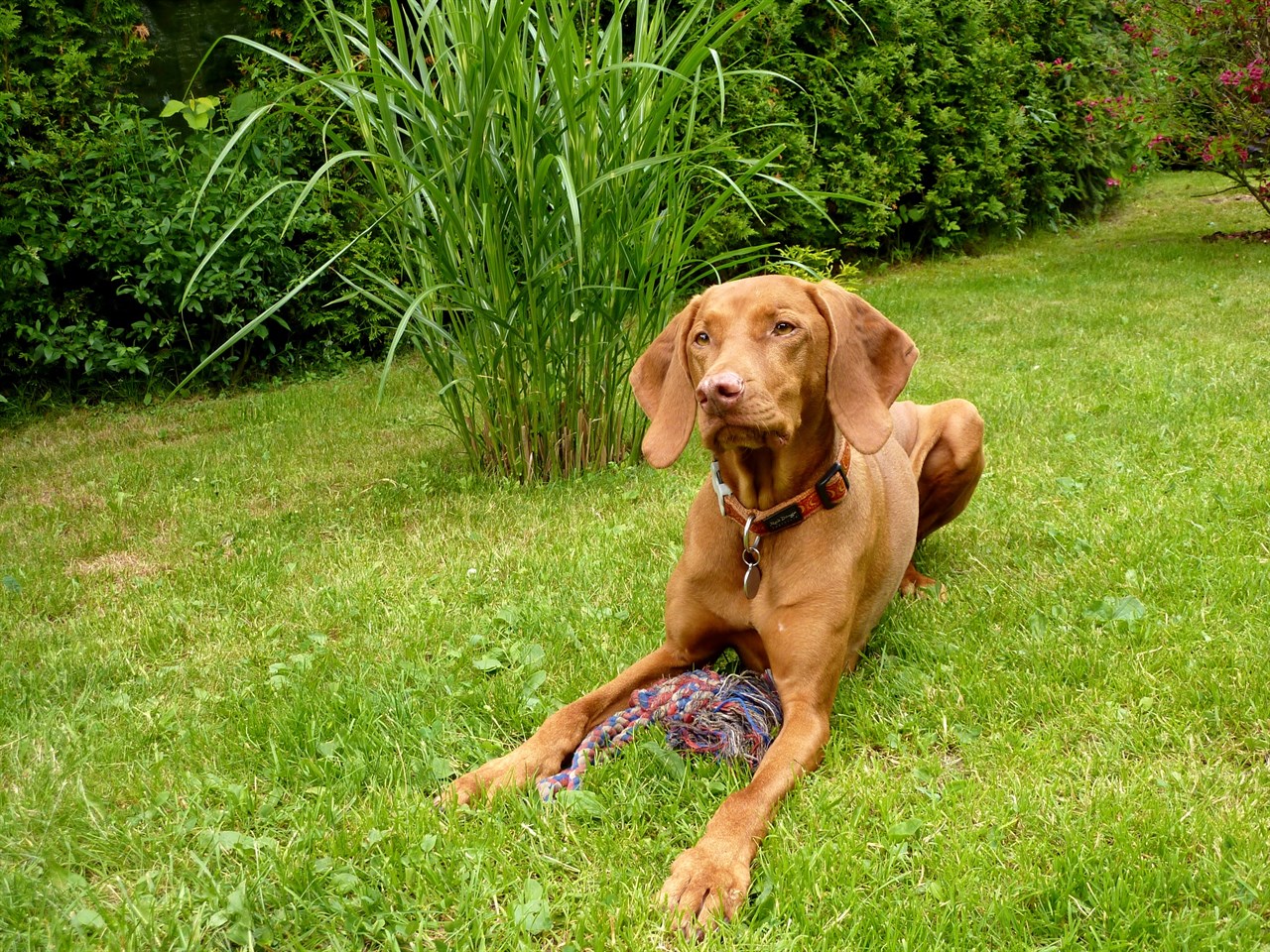Exercise Requirements of the Hungarian Vizsla

The Hungarian Vizsla is a highly active and energetic breed that thrives on regular exercise and mental stimulation. Meeting their exercise needs is not only essential for their physical health but also for their mental well-being. Failing to provide enough exercise can lead to behavioural issues and restlessness. Here's what you need to know about the exercise requirements of the Hungarian Vizsla.
Daily Exercise
Vizslas require a substantial amount of daily exercise to stay happy and healthy. On average, they need at least one to two hours of vigorous physical activity. This can include activities like running, playing fetch, hiking, and agility training.
Off-Leash Play
Vizslas love to run and play off-leash. If you have access to a secure, fenced area, allowing them to run freely can be an excellent way to meet their exercise needs. Be sure the area is safe and escape-proof, as Vizslas are agile and can clear fences if motivated.
Mental Stimulation
In addition to physical exercise, Vizslas require mental stimulation to keep their minds engaged. Puzzle toys, obedience training, and interactive games can help tire them mentally.
Retrieving Games
Vizslas have a natural instinct for retrieving, which is why they excel in activities like fetch. Playing retrieving games not only provides exercise but also satisfies their hunting instincts.
Socialisation
Regular socialisation with other dogs and people is essential. It helps them become well-adjusted and confident dogs, reducing the risk of behavioural problems.
Consistency
Establish a consistent exercise routine. Vizslas thrive on predictability, so regular exercise at set times can help them feel secure.
Exercise for Different Life Stages
The amount of exercise needed may vary with age. Puppies may have bursts of energy followed by naps, while young adult Vizslas are typically the most active. Older dogs may require slightly less but still benefit from regular exercise to stay healthy.
Exercise Challenges
Engage them in activities that challenge their agility and problem-solving skills, such as agility training or hide-and-seek games.
How much exercise do Vizslas need?
On average, Hungarian Vizslas require at least one to two hours of exercise each day. This should include both physical activity and mental stimulation. However, individual exercise needs can vary based on age, health, and temperament.
Younger Vizslas, particularly puppies and adolescents, tend to have more energy and may need more exercise. As they age, their exercise requirements may decrease slightly, but they will always benefit from regular physical and mental stimulation to stay happy and well-adjusted.
It's essential to tailor their exercise routine to their specific needs while also considering their individual preferences and limitations. Always monitor their condition and adjust their exercise regimen as necessary to ensure they receive the appropriate amount of activity for their age and health.
Hungarian Vizsla puppies for sale
- Find Hungarian Vizsla puppies for sale in ACT
- Find Hungarian Vizsla puppies for sale in NSW
- Find Hungarian Vizsla puppies for sale in NT
- Find Hungarian Vizsla puppies for sale in QLD
- Find Hungarian Vizsla puppies for sale in SA
- Find Hungarian Vizsla puppies for sale in TAS
- Find Hungarian Vizsla puppies for sale in VIC
- Find Hungarian Vizsla puppies for sale in WA